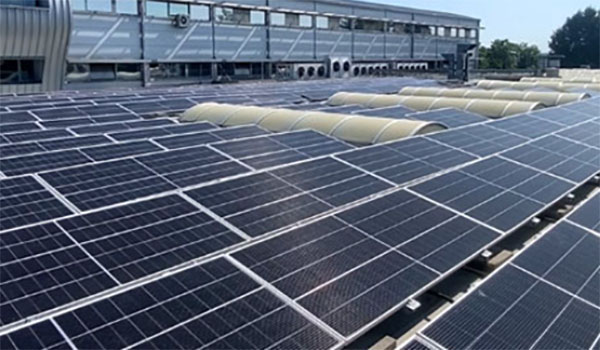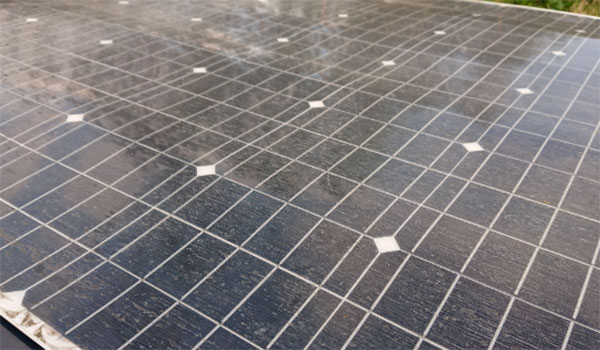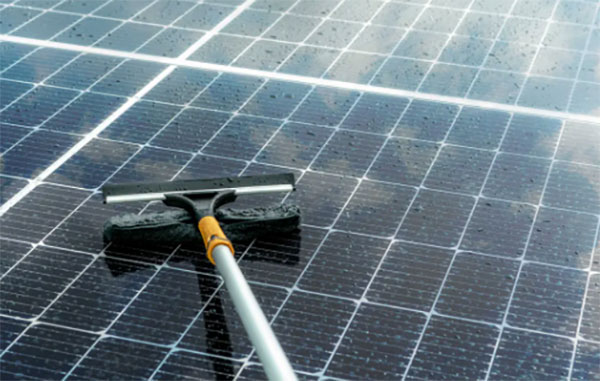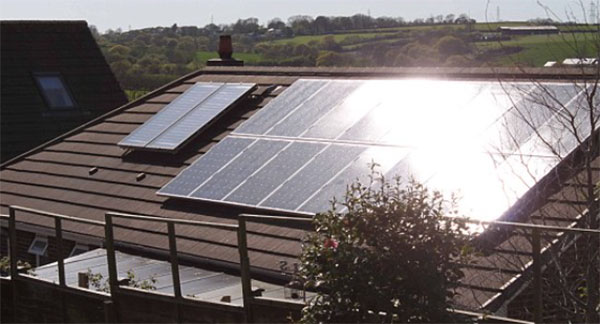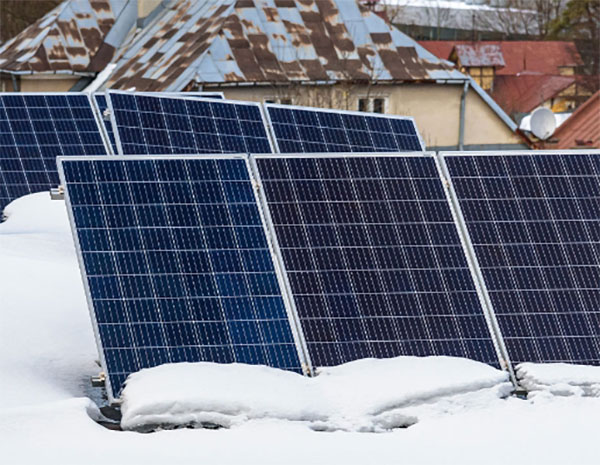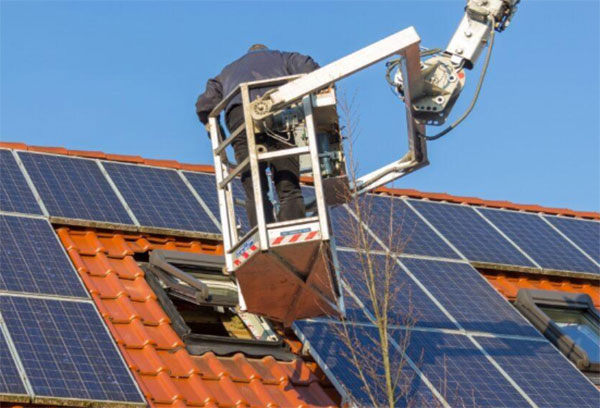Description
Yes, remove it to prevent overheating; panels work best at 25°C, efficiency drops 1% per degree riseThe Effect on Efficiency of Leaving The Protective Film On.
All solar panels have protective film attached to them to serve their purpose if wrapping them during transport and installation . Its purpose is not to remain and if the protective film fails to be removed it will surely have an effect upon efficiency .Efficiency of a solar panel ranges from 15% to 22% with a commercially available standard model being ~15% .
If the film fails to be removed the efficiency of these solar panels will drop to above 5% . This is because the protective film is an obstacle to the sunlight reaching the photovoltaic cells .These cells are the ones responsible for converting sunlight into electricity . The only way to ensure a high power output by these solar panels is through their removal .
What Happens if you Remove the Film Incorrectly?
Incorrect removal of the film can have a significant effect on the efficiency of the solar panels. The above example of solar panels with 300-watt output show that up to 15 watts could be lost if the film remains and is not removed . To ensure that the film is removed there are two ways that this will be done . One way is incorrect removal that scratches the surface and leaves residues on it . Impact of these will also reduce the efficiency of the solar panels.
Should You Leave the Film On?
It is important to remove the film as it is protected sacs to hold your solar panels while being transported and installed . In the discussion, we have looked in examples where protective film does reduce the efficiency of solar panels if they are not removed.
However, film remains an obstacle and should be removed if high efficiency is to be achieved. Alternative protection methods of the solar panels after removing the film includes, adding a clear protective, anti-reflective, and clear coating on them. It tilts at one axis so that the sunlight is easily absorbed for conversion by the photo-voltaic panels . They are also coated to make it scratch-resistant and protect the panels against water, dust, heat damage, and can be used to prevent the panel surface from impact damage .
Tempered glass covers and protective mesh will also protect solar panels from hails and debris. These processes will put you at extra costs as they are performed . Solar panels are not protected by the protective film and if they are to be put and installed they will require alternative protection methods.
Their cost ranges from between $0.10 to $0.30 and there can add cost to solar panels incurring solar installation budget. However, these protective coating will always increase its lifespan . The average lifespan of solar panels is 25 to 30 years and this ensure that the solar panel remains sustainable and viable investment.
Light Output Reducing as a Cue
Solar panels are intended to convert sunlight into electricity with maximum efficiency. When the protective film ages or gets damaged, its capability to catch light is severely reduced, and it becomes apparent in the solar panel’s electrical output. Due to such degradation, one of the indicators of the suppression of light is loss of efficiency. If the output becomes slower by 5-10%, it is reasonable to consider that the protective film is obstructing absorption. Such reduction can be easily calculated in watts because it will correspond to the solar panel’s power output. For example, a 300 watt-hour (Wh) solar panel might decrease its output by 30W, significantly affecting one’s home or commercial energy supply.
Physical Damage and Aging Signs
Cracking, deformation, and discolouration of the protectube film are visible warnings that it is time to remove it. These physical deformations of the panels are usually caused by sunlight; however, such detrimental weather conditions as heat or ice can also provoke a similar effect. Badly damaged panels can have decreased longevity by as much as 5 years and significantly decrease power output, the decrease of almost 15-20%.
While solar panels last 20-30 years under normal conditions, a protective film can be worn down within 15-25 years. The prolonged waste of this protective film can damage not only its proper functioning but also its appearance and resale value.
Manufacturer’s Suggestions and User Manual
Last but not least, all manufacturers provide long and detailed recommendations for the solar panel’s maintenance and the protective film’s replacement. While these suggestions might be seen as manual, they are always complete and thorough because the manufacturer wants the user to get the most out of his product.
Following these simple guidelines can keep property owners from: wasting valuable assets, wasting time, causing the panels to malfunction, triggering early breakage, and incurring significant repair costs. Usually, users should follow manufacturer recommendations and replace the film every 5-10 years, as well as provide full inspection at the same timeframe.
How to Get the Film off of the Solar Panel
The necessary tools to start the project include a heat gun or hairdryer, plastic scrapers, as well as $Cloths. Before proceeding we should make sure that the surface is clean of any debris or dirt, for which we can use some gloves. The heat gun should be set on low as to not break the surface of the solar panel and should reach no more than 200°F. Before disposing of the element, we should check with local regulations concerning recycling or other waste management guidelines about plastic.
Action Steps taken to Free the Film and What to Do with It After
Once the panel’s surface is heated, we ought to take the corner and start pulling, sideward. Use a spatula to lift up the film from the panel and be sure to not press it or try to scratch with it. There will be some sticky residues remaining after removing the film, for which we can use a mild detergent solution and rub it off with the soft cloth. It would be dangerous for the system if it were turned on without drying it properly, so before connecting it back, check if it is entirely dry.
Aftercare recommendation
Regular maintenance check on the panel’s performance and surface structure should be scheduled every six months. Many panels are able to function for far over 25 years, with maintaining their effectiveness between 85% and 90% from the original produced capacity.
Choosing The Right Protective Covers For Your Panel
Types of Solar Panel Covers
There are three main materials for solar panel covers, which can fulfill various purposes. The polyethylene cover is both cost-effective and lightweight, yet it only provides cursory protection from environmental influences.
Tempered glass covers are more expensive, but it is suitable if you are expecting severe impacts or bad weather in the area – it is highly durable and resistant to impacts. Ethylene-vinyl acetate covers provide a balance between the two – they are relatively durable and cheap.
Benefits and Drawbacks
Naturally, having a protective cover on your panels allows them to last longer, perhaps even beyond the generally expected 25 years .
Dirty and damaged panels often lose efficiency, which places the utmost importance on keeping them clean and undamaged . A clean panel may retain 90-95% of its original efficiency after 20 years. The main drawback is, naturally, the initial cost, which may be quite significant depending on the chosen material and vary from $50 to over $200 per panel.
Compatibility and Selection Criteria
During the selection, make sure that the cover is compatible with the dimensions, power output, and other features of your panel. The material of the cover is also important – it must be largely transparent to sunlight and be durable enough to avoid degeneration under the influence of UV irradiation. An additional criterion is the warranty and support services offered by the producer – ideally, these should cover the expected lifespan of your solar system.

